Sustainability Trends
Sustainability has emerged as a critical driver within the Hiking Gear and Equipment Market. Consumers are increasingly inclined to purchase eco-friendly products, prompting manufacturers to adopt sustainable practices in their production processes. This shift is evidenced by a rise in the use of recycled materials and environmentally responsible manufacturing techniques. Market Research Future indicates that brands emphasizing sustainability are witnessing enhanced customer loyalty and brand reputation. As outdoor enthusiasts become more conscious of their environmental impact, the demand for sustainable hiking gear is expected to grow. This trend not only influences purchasing decisions but also encourages companies to innovate in ways that align with eco-friendly values, thereby shaping the future of the Hiking Gear and Equipment Market.
Rising Disposable Incomes
Rising disposable incomes across various demographics contribute to the expansion of the Hiking Gear and Equipment Market. As individuals experience increased financial flexibility, they are more inclined to invest in high-quality hiking gear and equipment. This trend is particularly evident in emerging markets, where a burgeoning middle class is discovering the joys of outdoor activities. Market data suggests that consumers are willing to spend more on premium products that offer durability and performance. This willingness to invest in quality gear not only enhances the overall hiking experience but also drives competition among manufacturers to deliver superior products. As disposable incomes continue to rise, the Hiking Gear and Equipment Market is poised for sustained growth.
Technological Innovations
Technological advancements play a pivotal role in shaping the Hiking Gear and Equipment Market. Innovations such as moisture-wicking fabrics, lightweight materials, and advanced insulation techniques enhance the performance and comfort of hiking gear. For instance, the introduction of smart hiking equipment, including GPS-enabled devices and fitness trackers, has transformed the way outdoor enthusiasts plan and execute their adventures. Market data suggests that the integration of technology into hiking gear not only improves user experience but also attracts a younger demographic, eager to embrace modern solutions. Consequently, companies that prioritize research and development in this area are likely to gain a competitive edge in the Hiking Gear and Equipment Market.
Health and Wellness Awareness
The growing emphasis on health and wellness significantly influences the Hiking Gear and Equipment Market. As individuals increasingly prioritize physical fitness and mental well-being, hiking is recognized as an effective means to achieve these goals. Data shows that outdoor activities, including hiking, contribute to improved cardiovascular health and reduced stress levels. This heightened awareness drives consumers to invest in quality hiking gear that enhances their outdoor experiences. Consequently, brands that effectively communicate the health benefits associated with their products are likely to resonate with consumers. The intersection of health consciousness and outdoor recreation is expected to continue shaping the Hiking Gear and Equipment Market, as more people seek to integrate physical activity into their lifestyles.
Increased Outdoor Participation
The Hiking Gear and Equipment Market experiences a notable surge in demand as more individuals engage in outdoor activities. This trend is driven by a growing awareness of the mental and physical health benefits associated with hiking. Recent data indicates that participation in outdoor recreation has risen significantly, with millions of people seeking to escape urban environments. This influx of outdoor enthusiasts necessitates a diverse range of hiking gear and equipment, from footwear to backpacks, catering to varying skill levels and preferences. As a result, manufacturers are compelled to innovate and expand their product lines to meet the evolving needs of consumers, thereby propelling the Hiking Gear and Equipment Market forward.


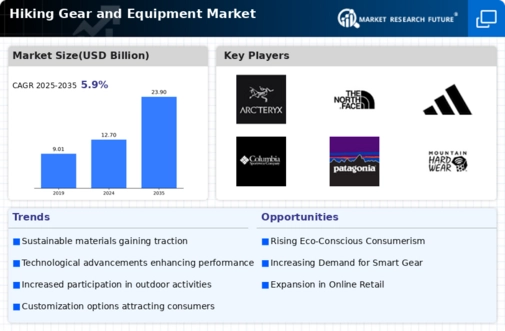
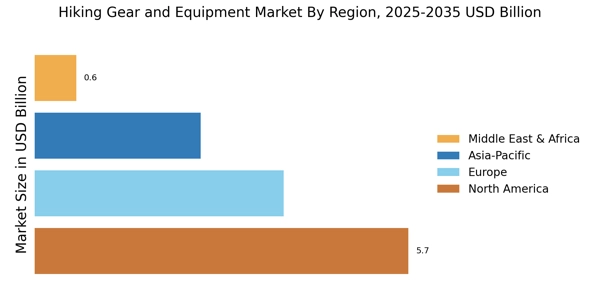
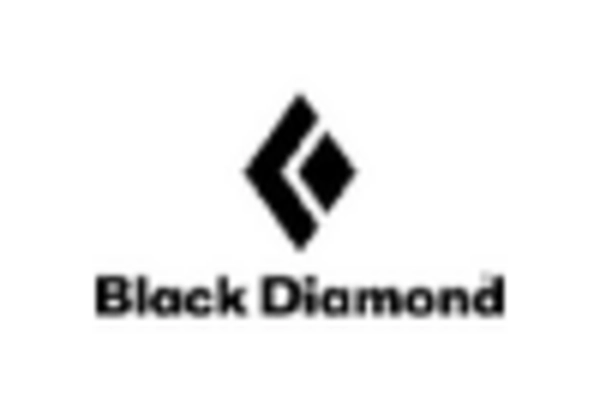
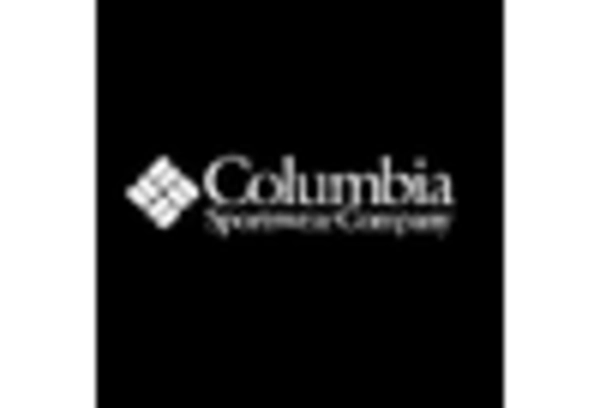
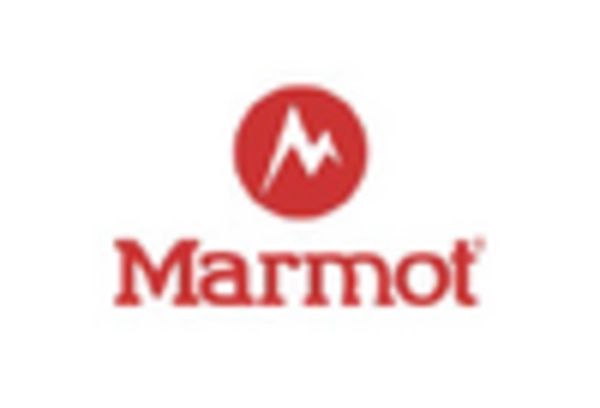
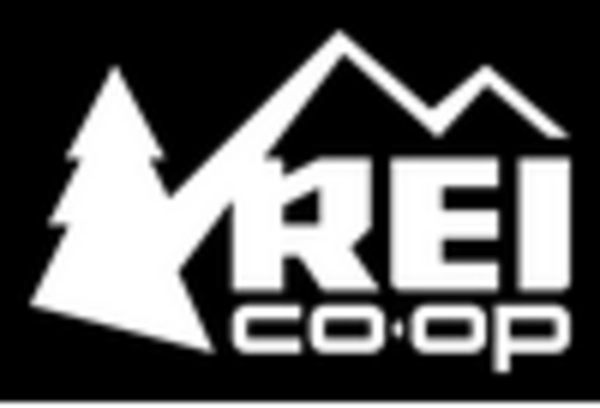










Leave a Comment